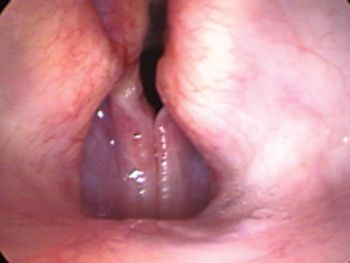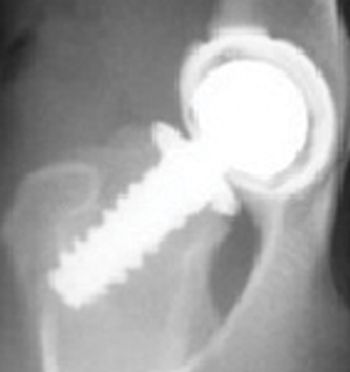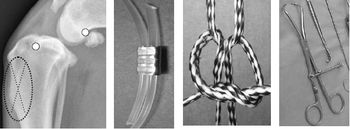
The upper airway distress syndrome is composed of thee individual conditions that cause animals to have moderate to sever inspiratory dypnea.

The upper airway distress syndrome is composed of thee individual conditions that cause animals to have moderate to sever inspiratory dypnea.

Hernia refers to the abnormal protrusion of an organ or tissue through a normal or abnormal opening in the abdominal muscles or in the diaphragm.

Perianal fistula is a specific disease of the canine characterized by ulcerating fistulous tracts, often with a malodorous purulent discharge around the anal orifice.

Brachycephalic breeds (Shih Tzu, boxer English and French Bulldog, Pekingese, pug and Boston terrier) have a shortened skull compared to the other breeds

Dogs and cats are very commonly presented for management of acute or chronic wounds in veterinary practice.

Dogs and cats are very commonly presented for management of acute or chronic wounds in veterinary practice.

There are a number of minimally invasive surgical (MIS) procedures that are currently performed using laparoscopy.

Portosystemic shunt (PSS) is an abnormal vessel that shunts portal blood from the splanchnic circulation to flow directly to the systemic circulation by passing the liver.

The laryngeal functions are to regulate airflow, voice production, and prevent inhalation of food.

The most common cause of urinary obstruction in small animal surgery is urinary stones in the urethra.

Answers to frequently asked questions you need to know.

Tired of the same old, same old? Here's how to switch things up in the surgery room.

The tie back remains the most common surgical method for correction.

These D.I.Y. slings can help your patients with limited mobility.

Local anesthesia is employed prior to all dental procedures. Dental procedures can be very painful. The patient often can feel dental procedures while under inhalation anesthesia.

This text is not intended to cover each and every aspect relating to wounds presented in veterinary medicine. It is, however, designed as a simplified handbook, which will assist members of the veterinary medical team in properly assessing patients and their wounds.

A hernia is an abnormal protrusion of an organ or part of it through the containing wall of its cavity, beyond its normal confines. A diaphragmatic hernia is a protrusion of the abdominal viscera through the diaphragm.

The most common cause of urinary obstruction in small animal surgery is urinary stones in the urethra. Other causes of obstruction are neoplasia in the urethra, and neoplasia compressing the urethra.

Orthopedic diseases in dogs account for ~22% of all small animal diagnoses, based on the Veterinary Medical Data Base. The canine orthopedic diagnostic flow chart presented here (Figure) is a useful tool for diagnosing orthopaedic diseases in dogs by guiding the clinician to the most likely and logical group of diagnoses.

CHD has been called inherited, a developmental disease, and most accurately in the author's opinion, a "moderately heritable disease". CHD is a multifactorial disease with part of its cause being from genetic influences (estimated at 25%-80%) and part from environmental influences.

Endoscopy is a wonderful diagnostic tool that allows exploration and biopsies of areas without invasive surgery. Given the option, many clients may prefer endoscopy instead of surgery. What types of cases are suited to endoscopy? How do you prepare a cat for endoscopy?

The laryngeal functions are to regulate airflow, voice production, and prevent inhalation of food. If the intrinsic muscles and/or the nerve supply of the larynx are not normal laryngeal functions are compromised.

Dogs and cats are very commonly presented for management of acute or chronic wounds in veterinary practice. The goal of wound management is to accelerate the healing process and not to interfere with it.

Portosystemic shunt (PSS) is an abnormal vessel that shunts portal blood from the splanchnic circulation to flow directly to the systemic circulation by passing the liver. Toxins, hormones, nutrients, escaping bacteria, and exogenous drugs also bypass the liver resulting in hepatic encephalopathy (HE).

Conservative treatment of CCL rupture is the same as treatment for DJD: exercise to build muscle, weight control and medications such as NSAID's and Adequan. Surgery is the most effective treatment for CCL tear if done before DJD is established. Conservative treatment is indicated if surgery is not chosen by the owner because of cost or other reasons.